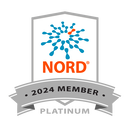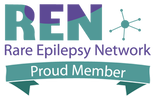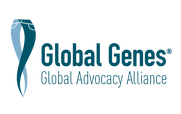|
In honor of our 11th anniversary, The Cute Syndrome Foundation has removed the word “epilepsy” from the SCN8A heart in our logo to recognize the diversity within our community and our evolving understanding of SCN8A mutations. While it may seem like a subtle change, it is an important one. When I started The Cute Syndrome 11 years ago in honor of my daughter Esmé, I envisioned it primarily as an outlet for sharing Esmé’s story—including the beautiful moments and the challenges as we navigated her epilepsy, medical complexity, and significant developmental delay. When Esmé’s SCN8A mutation was identified in 2015, we discovered a small community of children that seemed a whole lot like her. At the time, the majority of patients with SCN8A also faced refractory epilepsy as well as physical and developmental disabilities.
0 Comments
February 9, 2024, marked an important occasion for the global community, particularly for those whose lives have been touched by SCN8A, a rare disorder that often operates in the shadows. International SCN8A Awareness Day, observed under this year’s theme #IfYouOnlyKnew, served as a poignant reminder of the challenges faced by individuals affected by this condition, which impacts less than 1,000 people worldwide. This day is not just about raising awareness; it's about fostering understanding, empathy, and support for those navigating the complexities of SCN8A. Amidst the enchanting atmosphere of Orlando, Florida, The Cute Syndrome Foundation (TCSF) hosted its 9th Annual Clinician, Researcher, and Family Gathering from December 1st to December 2nd, 2023. This event illuminated the path forward for SCN8A research, treatments, and support and brought together families, clinicians, researchers, and industry leaders in a shared journey of discovery, unity, and resilience. Family SCN8A Education
The weekend commenced on December 1st with a family meet and greet, setting the tone for a weekend of connection and collaboration. The educational portion of the event featured talks by esteemed researchers, including "SCN8A 101" by Dr. Eric Wengert and "Emerging Treatment Options for SCN8A" by Dr. Madeleine Oudin, a distinguished researcher as well as the mother of a child with SCN8A. In 2020 during the COVID-19 pandemic, The Cute Syndrome Foundation (TCSF) recognized that most families were in crisis mode and desperately needed to feel connected during a time of extreme isolation. In response, TCSF established a virtual social and emotional programming that is still going strong three years later, thanks to the sponsorship of Neurocrine Biosciences!
As the pandemic began to settle, TCSF realized that providing year-round virtual activities is still imperative to our families, but it was now time to focus on engaging in more face-to-face fellowship activities. In early 2023, TCSF announced the CUTE Connections grant, and immediately families jumped on the opportunity to organize regional meet-ups. In many cases, insurance covers the bare minimum for patients with rare genetic disorders like SCN8A, which leaves families footing the bill for necessary medical equipment, therapy devices, educational aids, medications, outpatient therapy costs, home and vehicle modifications, etc. The list is a mile long and the expenses add up quickly.
All of these out-of-pocket costs can create a financial burden that forces caregivers to make difficult choices about: choosing between life-saving medications or necessary medical equipment; choosing to sacrifice the physical health of their bodies because they cannot afford to remodel their bathroom to make it ADA accessible; choosing to pay for costly outpatient therapy instead of enjoying a family activity. 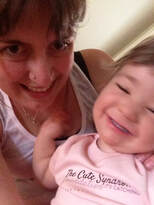 Ten years ago, when I started TCSF my daughter Esmé was seizing on average 15 times a week and struggling with extreme medical fragility. Her precarious health meant that nearly everything in our lives had stopped. She and I would spend days out of every week in bed with her sleeping, waking only to seize. It was in this position, pinned in place both figuratively and literally, that I started the foundation. And in all honesty, it was as much of an effort to cast toward some hope of helping Esmé as it was a way for me to maintain my sanity through some seemingly impossible days. At first the vision was just to tell my daughter’s story and raise some limited funds for research. Both things turned out to be more complicated than I thought. First, Esmé’s genetic diagnoses continued to evolve, moving us through several communities—as she was both over and under diagnosed. Second, understanding what kinds of research best serve a community as it evolves quickly from being entirely uncharacterized to looking toward potential precision treatments, has proven to be an intriguingly complex problem to solve. In 2019, we all left Baltimore, Maryland thinking we’d hug each other once again in 2020, but we all know what happened next…COVID-19 destroyed all plans for an in-person event in both 2020 and 2021. Although both events, virtual and hybrid, were a huge success, nothing can replace the magic of being in the same room with other families and the clinicians, researchers, and industry partners fighting for our community.
So, after three long years, TCSF’s community traveled distances near and far to attend the 8th Annual SCN8A Clinician, Researcher, and Family Gathering as an in-person event in Nashville, Tennessee! There was a very large presence of families this year and TCSF was thrilled to cover all travel and lodging costs for all 19 families that applied for the Dr. Mandy Harris Family Travel Grant program! The festivities began the afternoon of Friday, December 1st and continued until late in the afternoon on Saturday, December 2nd. 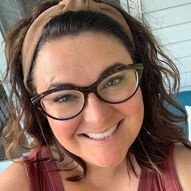 All About Kacie: Have you ever felt that you’ve lived multiple lives within one lifetime? For example, the person you were while in high school is slightly different from who you were while in college, and even more changes happen when you “grow up” and begin your career, have children, buy a house, etc… These paradigm shifts in life seem to guide you in different directions and your motivation and focus in life shift and change. I grew up in the small town of Sullivan, Missouri with my parents and younger sister until I set off for college in Springfield, Missouri. I knew I wanted to enter the healthcare field from a young age. I thoroughly enjoyed the “blood and guts” of my anatomy classes and my heart longed to help people in a meaningful way, thus entering into the field of radiography was a natural fit. Hello SCN8A Community,
Founding The Cute Syndrome Foundation and running it these last almost 9 years has been one of the greatest honors of my life. This foundation has been responsible for some of the greatest lessons, friendships, and joys of my life. Sometimes it happens that a thing you've made takes on a life of its own. This is what has happened with TCSF. That is why I am writing today with an announcement: I am thrilled to share with you the appointment of Kacie Craig as our new Executive Director. Many of you know Kacie, mom of Stella, as the host of our Meaningful Change and Clinical Trial Readiness Series. She also runs our weekly book club and has served on TCSF's volunteer executive committee. Kacie will be here to lead TCSF into the next era as we move into expanding our support, engagement, and educational efforts for the SCN8A community. As I transition to supporting TCSF from a role on the Board of Directors, I am reflecting on the tremendous work we have done over the years. Our family support group and programming has expanded to offer programming year round to serve the educational, social and emotional, and engagement needs of the SCN8A community. Our revenue has increased 10-fold in our time focusing on SCN8A. We are fortunate to have a clinical trial enrolling in our community. This organization is currently run by a number of committed family members of individuals with SCN8A. I am so proud of what we have accomplished. And I am so thrilled to see what is to come under Kacie's tenure. With gratitude, Hillary 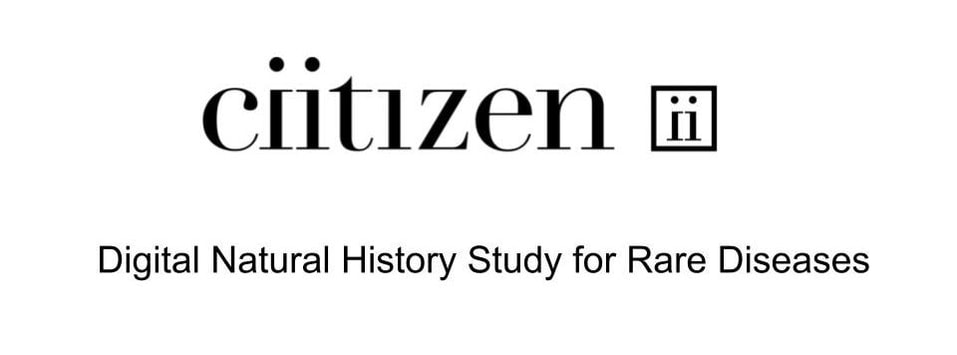 Head over to the portal to sign up here: http://bit.ly/TCSFciitizen Being a parent to an SCN8A warrior can be overwhelming. In the rare disease world, it seems like many families have to become experts on the diagnosis, so that they can train and teach their medical teams and professionals. If you’re lucky, you end up at a healthcare institution that has maybe 3 or 4 kids with the same diagnosis, and you may have to go through several medical institutions before you get there. With advancing technology, wouldn’t it be great if that clinical data could be compiled for you, stored for review at any time, and shared easily with your physicians?
Ciitizen has a free sherpa service to help patients do exactly that! Everything in 2020 felt different, didn't it? This year The Cute Syndrome Foundation's 6th Annual Clinician, Researcher, and Family Gathering was no exception...as we moved forward with a fully virtual Gathering.
While we have always offered live streaming of the event for our families who cannot travel, this year we focused on creating a virtual gathering experience that increased the opportunities for interaction and a sense of connection. We certainly missed seeing one another in person. And we all we all know that the experience of being present together, of wrapping our arms around someone we've only ever known on Facebook, of playing with each other's children is entirely irreplaceable. Have you ever wondered what TCSF is? Where did it come from and who started it? With so many new faces in the community it was time to catch up with The Cute Syndrome’s Founder/Director, Hillary Savoie, as she talks about the foundation and life as a special needs parent.
-Heather Crowley Q: Can you tell me a little about yourself? A: I’m Hillary Savoie. I live in upstate NY, near Albany. I’m the founder and director of The Cute Syndrome Foundation (TCSF). I’m also an occasional writer and I have a doctorate in Communication and Rhetoric. More importantly I am mom to Esmé--a super cute, funny, smart nearly-ten-year-old girl who has multiple genetic mutations (in order of discovery): PCDH19, SCN8A, TBL1XR1, and MAP3K7. Last year Luke Pitino, who was diagnosed with SCN8A epilepsy in his first year of life, and his family raised $71,000 for the Epilepsy Foundation of Metropolitan New York (EFMNY) and The Cute Syndrome Foundation (TCSF) during the Annual Walk to End Epilepsy! This effort established a fantastic and on-going fundraising partnership between EFMNY and TCSF.
This year Luke and the Pitino family are at it again! The Cute Sydnrome Foundation is thrilled to announce that starting on September 30th we will be holding a five-week Clinical Trial Readiness Educational series for the SCN8A community. Take a look at the topics we have planned below: TCSF believes that one of the most important things we can do to help prepare our community for any and all clinical trials focused on the SCN8A community is to help ensure that our families are informed on how clinical trials work—as well as on general drug development, the ethics of patient data collection, and the variety of potential future therapies. This Clinical Trial Readiness Series will bring together panels of industry professionals, clinician researchers, and other rare epilepsy advocates to discuss these important details.
In June The Cute Syndrome Foundation received a Rising Tides Grant from Child Neurology Foundation to lift a social and emotional support program off the ground. This program has included zoom yoga and family martial arts classes, food and drink discussion group, a book club and access to meal kits, mindfulness app subscriptions, and gift cards for yoga mats, books, etc. We knew this programming would be meaningful. However, as we dove into it, we began to realize just how much our community needed this—to feel supported, engaged, and connected. Also, simply, to have a bit of fun in the midst of everything. We are so grateful to Child Neurology Foundation for not only making this program possible, but doing so in a way that allowed us to quickly and flexibly respond to our community’s needs in real time. Here are two examples of how we were able to do use the funding, and what that gave the community. Book Club2020 has been quite a year. I know we are all disappointed about not being able to all be together in person for our 6th Annual SCN8A Clinician, Researcher, and Family Gathering in December. However, with the help of John Schreiber, Manoj Patel, and TCSF's volunteer team, we are planning a virtual Gathering so that we can convene as a community to share our work and updates from the last year. The Gathering is tentatively scheduled for Dec 4.
The Cute Syndrome Foundation has received a fantastic impact report from Dr. John Schreiber at Children's National on his clinical research which we funded in 2019. This research focused on how to improve access to quality care for individuals with SCN8A. TCSF invests in scientific (both bench and clinical) research to better understand SCN8A generally--but, of course, that information is only as good as it's actual impact on the lives of our loved ones--better treatments, better outcomes, better quality of life! When we decided to fund this grant to Dr. Schreiber, it came from a place of frustration that we had known some important basic information about best practices for pharmaceutical treatment for individuals with SCN8A, but that information was not always making its way to the clinicians who treat our children. So, we funded Dr. Schreiber's work to better understand why that was the case--and to advise on what could be done to change this, and quickly! Here is the full report of his results. We are grateful for Dr. Schreiber's dedication to our SCN8A community and that we are able to fund this kind of import research! This is a sad story. Perhaps it is two sad stories—stories that begin with the loss of two boys. But it is also a hopeful story. It is a loving story. And, I share it as a reminder of why TCSF prioritizes bringing our SCN8A families together at our Annual Gathering: We are not here for our individual experiences alone, because we are a community that has decided to love, to share, to mourn, and to fight...together. -Hillary Savoie, PhD
Founder and Director, The Cute Syndrome Foundation When we heard about The Cute Syndrome Foundation's Annual Gathering, I thought, oh, that would be so neat, but there’s no way we could make that happen. Then we realized it was only 2 hours away, and my husband insisted we try to make it work if we could. I went in, not knowing what to expect. I felt unease and uncertainty, but, in hindsight, it was a great decision.
My time at the Gathering it left me wanting to create a guide for other SCN8A caregivers for when they attend their first Gathering. However, since my experience is unique, I thought I would reach out to my new-found friends, to inquire what other first-time Gathering parents experience. Here is what I learned: Help us continue to support the SCN8A community through events like this Gathering.A week ago today the SCN8A community started arriving in Baltimore, Maryland in order to take part in the fifth annual Cute Syndrome Foundation SCN8A Clinician, Researcher, and Family Gathering. This event, which is held over two days every year in conjunction with the American Epilepsy Society meeting, began as a way to bring together all of the stakeholders within the SCN8A community, including the families. We hold this event because we believe in the power of SCN8A families to not only observing, but actively participating in driving the changes in medical science to help our children. This year, with 265 people registered for this event, it was, by far, our largest Gathering to date.
|
Archives
May 2024
Categories
All
|
|
Past Annual Reports
Past PCDH19 Efforts Privacy Policy The Cute Syndrome Foundation PO Box 842 Ozark, MO 65721 |
The Cute Syndrome is registered as a tax-exempt organization under IRS section 501(c)(3).
Our tax identification number is: 46-2699066. © The Cute Syndrome Foundation, All rights reserved |


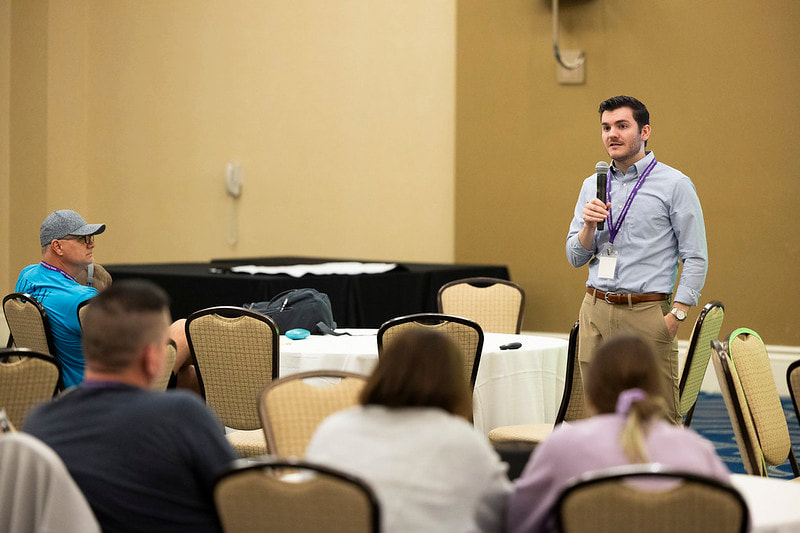

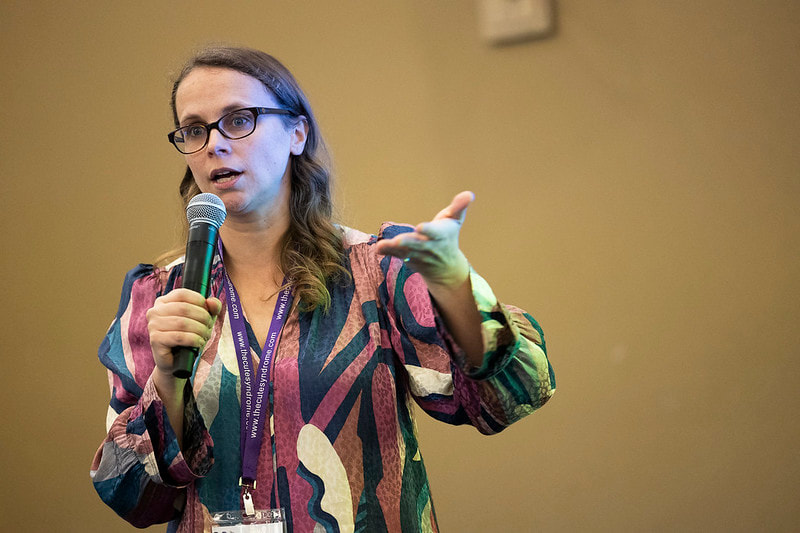
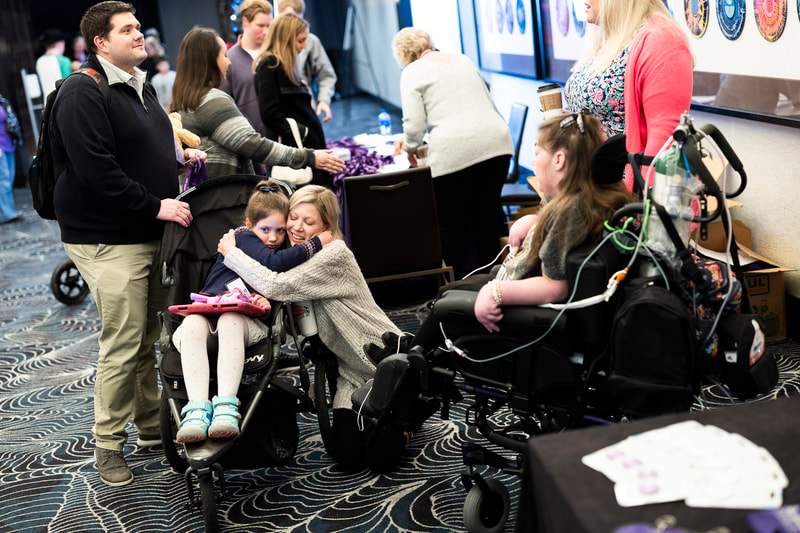
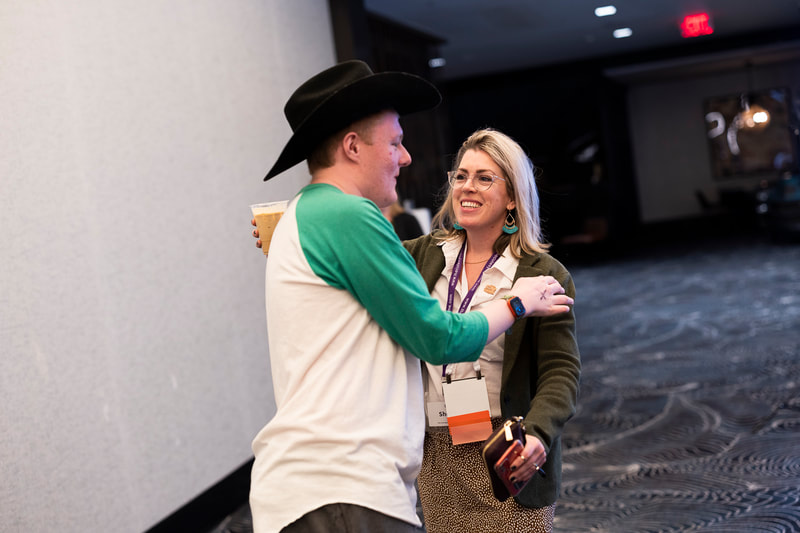
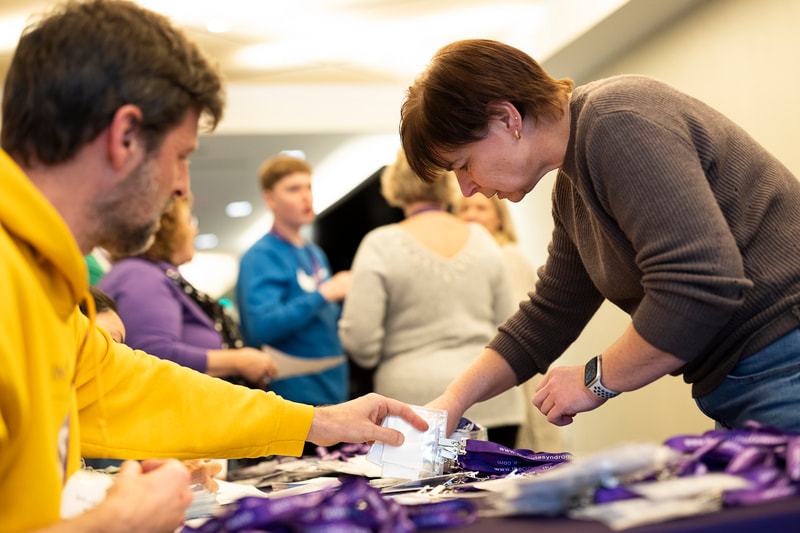

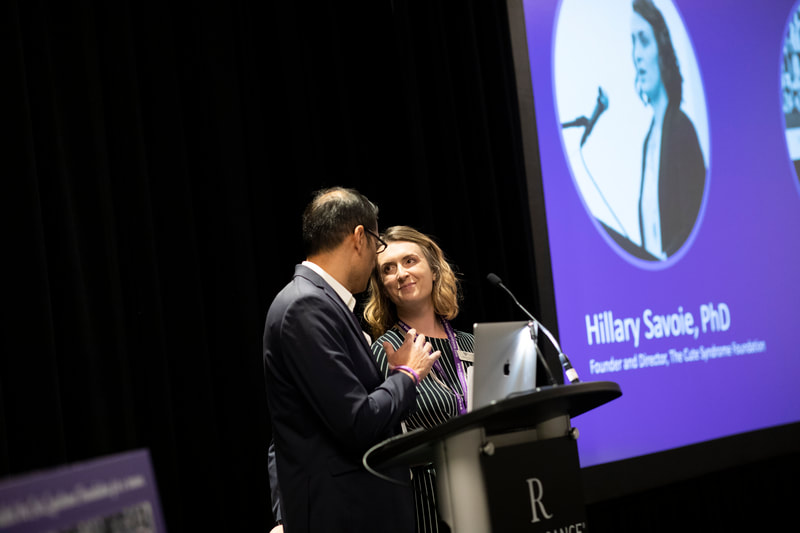
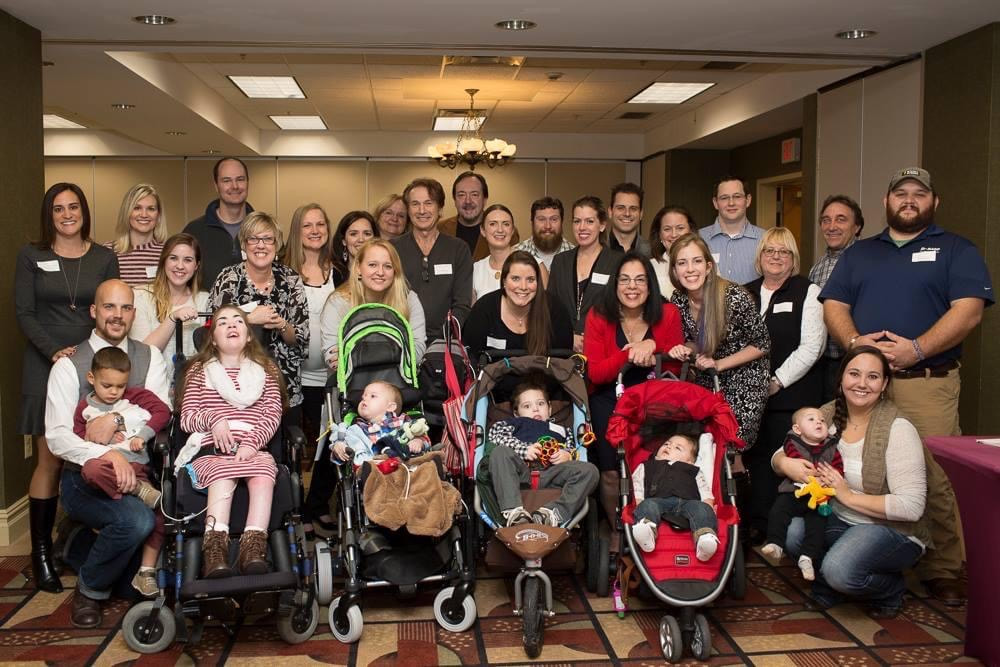

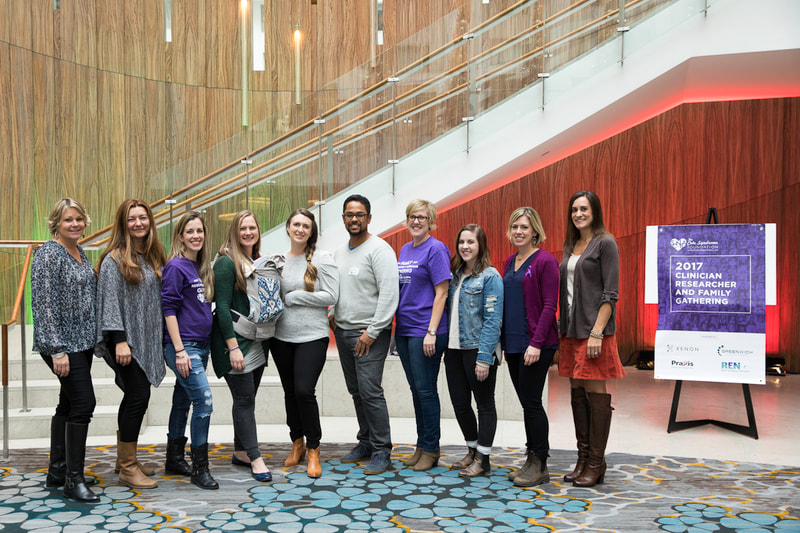
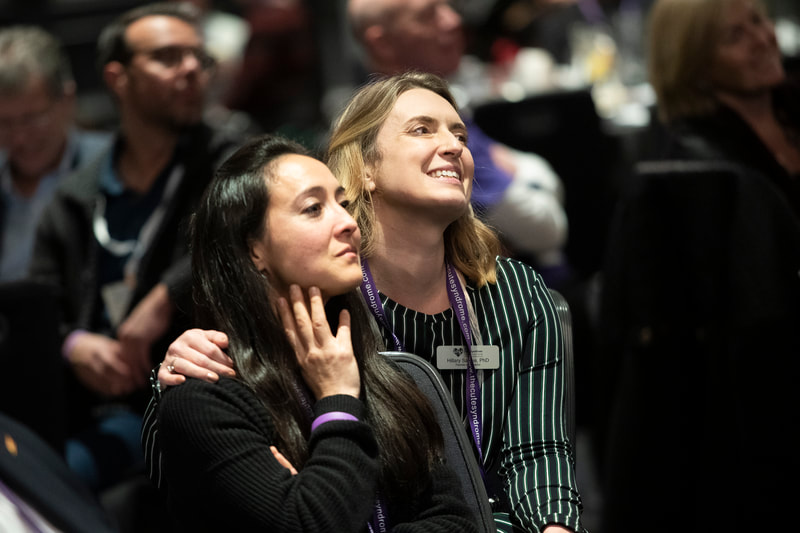
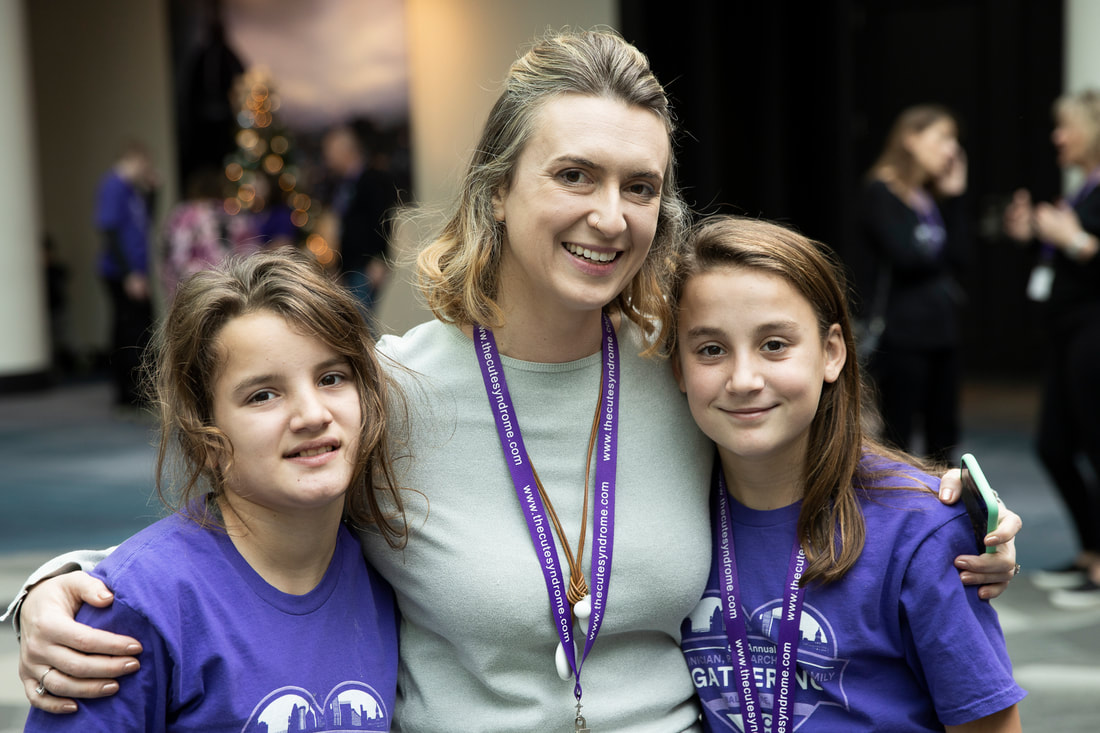
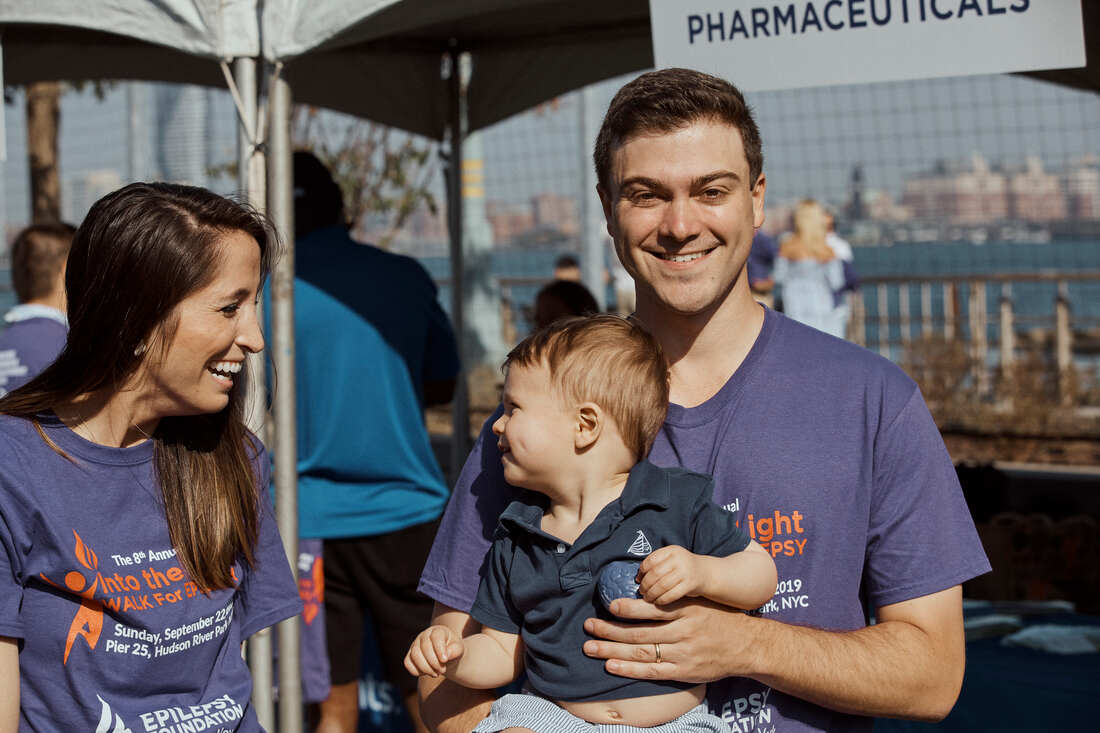
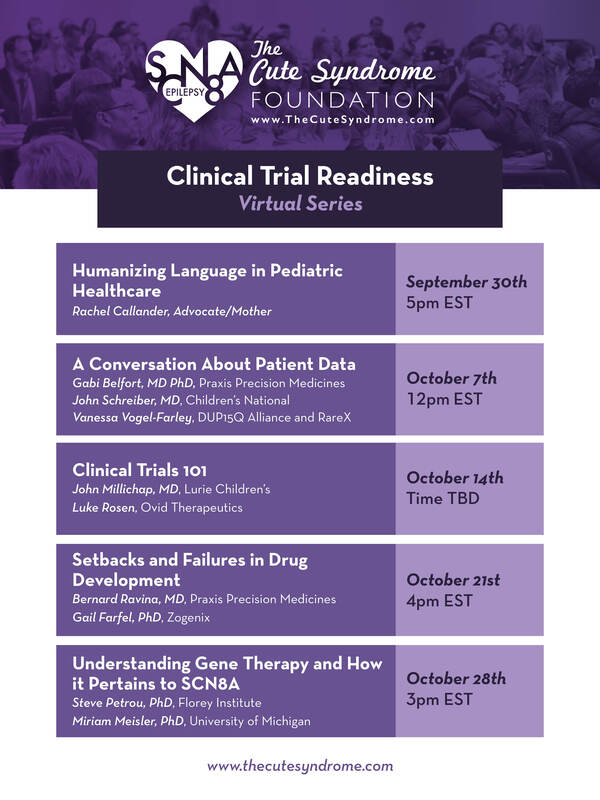
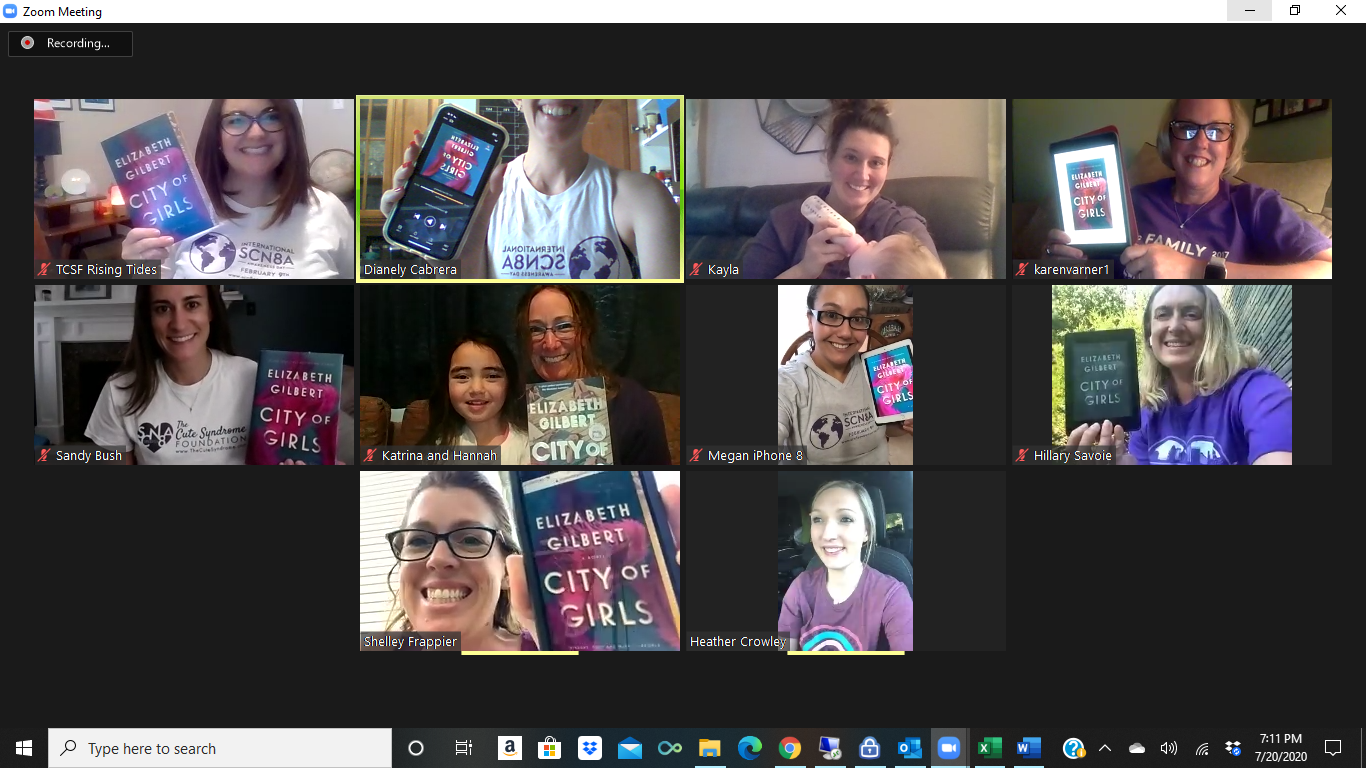
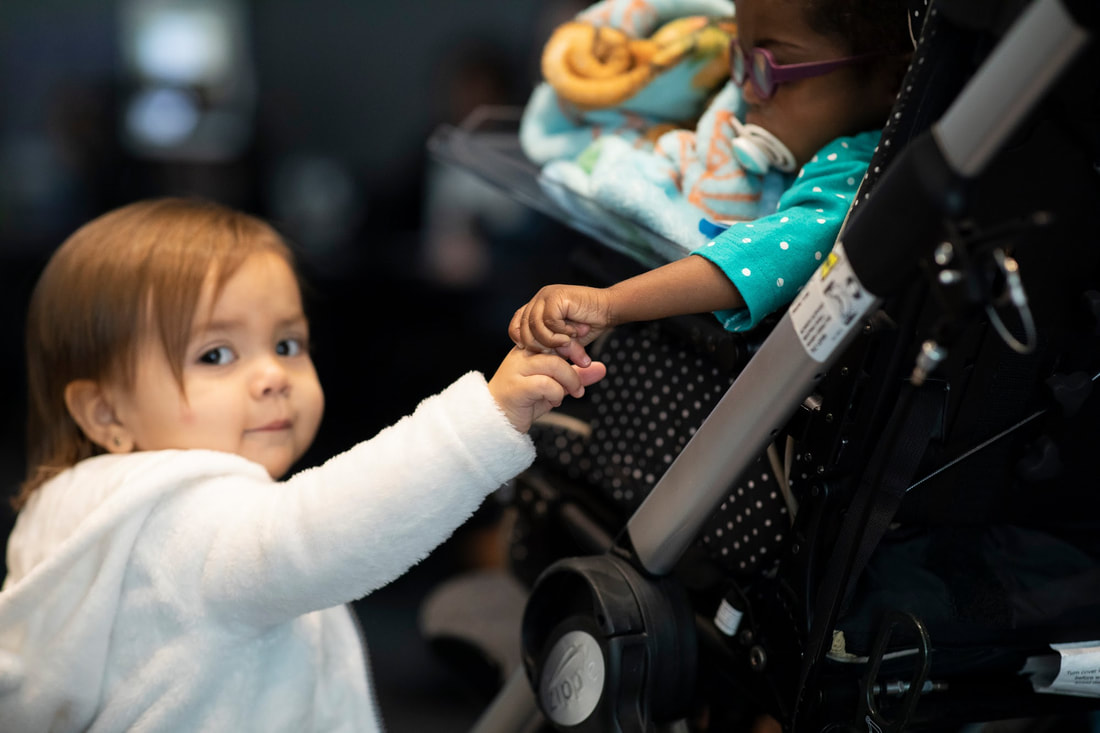
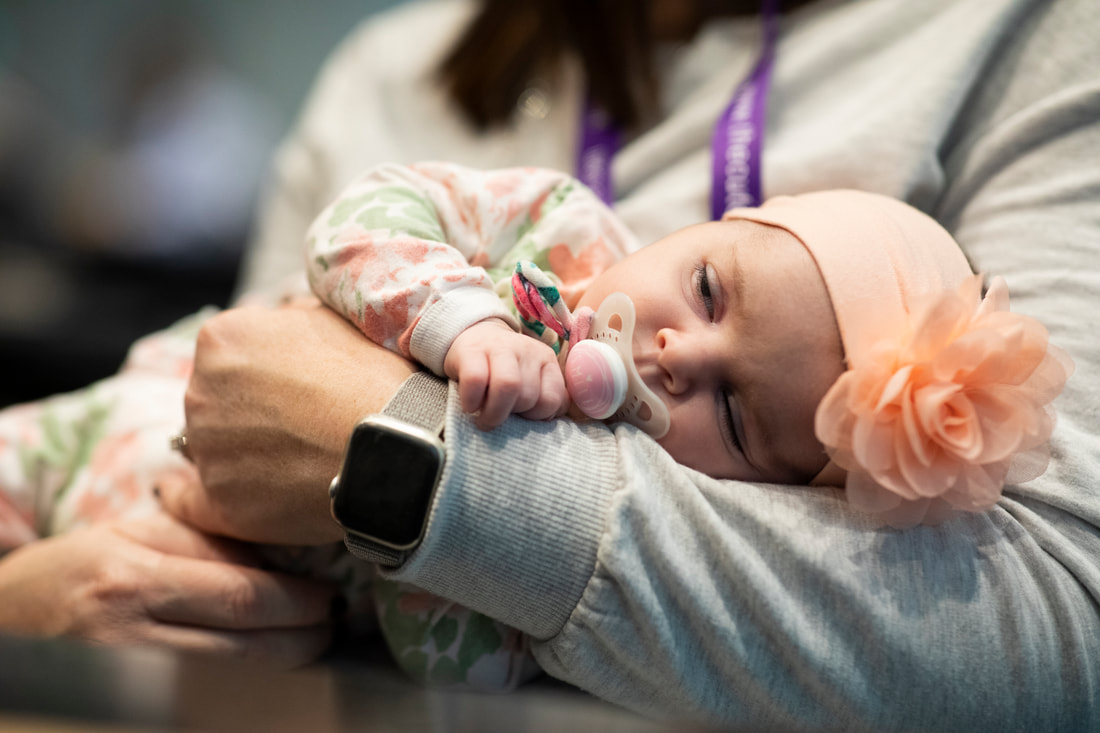
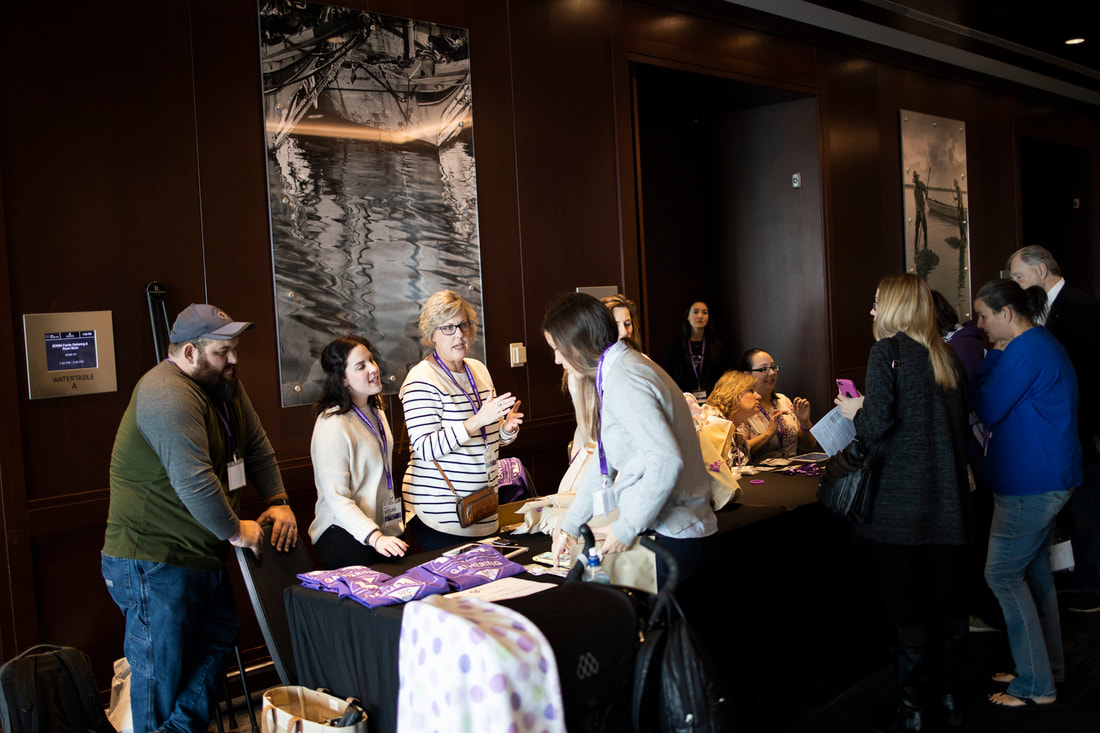
 RSS Feed
RSS Feed
